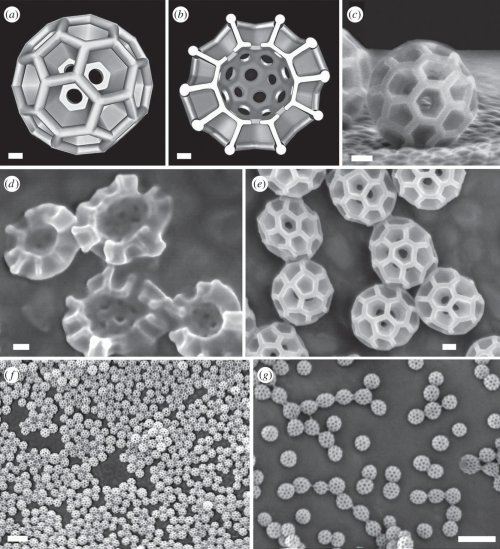Anti-reflexive insect coating could form the basis of new camouflage technologies
Scientists know that the organisms of insects from the cicada family produce biological nanoparticles called brochosomes, which cover the entire surface of the body and wings of these insects, allowing them to escape from the sight of predators. In addition, brochosome particles are superhydrophobic, which prevents the insect from get wet even in high humidity. And recently, scientists at Penn State University have developed a technology to make synthetic microspheres covered with nanoscale holes that provide this material with the ability to efficiently absorb almost all light in a wide range and coming from different directions.
An interesting fact is that scientists first learned to synthesize new material and only later wondered: “Is there any analogue of this material in the wild?”. And a brief search of information led scientists directly to the cicadas, which, thanks to the brochosome particles they produce, are able to literally merge with their environment.
As mentioned above, synthetic microspheres have many holes whose diameter is close to the wavelength of light. Due to its presence, the material is able to absorb up to 99 percent of the light falling on its surface in the range from ultraviolet light to near-infrared, including the entire range of visible light.

These synthetic analogues of insect brochos are produced by a complex process consisting of five stages, the main of which is the stage of electrochemical deposition. Gold, silver, manganese oxide and even current-conducting polymers can be used as a material for the manufacture of microspheres. “Particles from different materials will have different optical properties, making them suitable for a particular application,” the researchers write.
Due to the large surface area, such microspheres, in addition to camouflage systems, can act as a material for the manufacture of battery electrodes. In addition, microspheres made from relevant elements can become highly effective catalysts that accelerate certain chemical reactions.
And the ability of particles to efficiently absorb light can be used in a variety of sensors and cameras, including telescope chambers, where the absorption of unwanted reflected light will improve the signal/noise ratio, thereby increasing the quality of their wo
rk.Source www.dailytechinfo.org